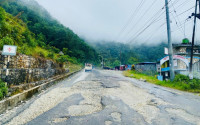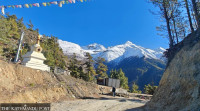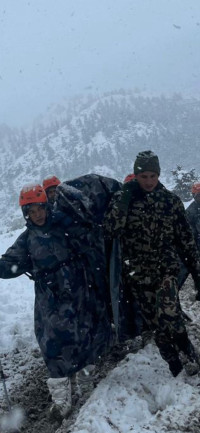Gandaki Province
Just how big is Phewa Lake?
The lake’s newly measured area is 6.343 square kilometres, 0.617 square kilometres more than the last official record.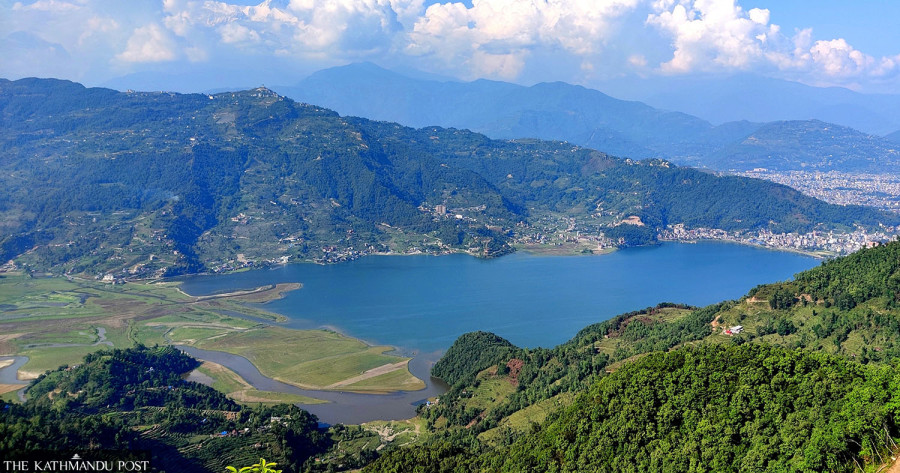
Anup Paudel
A new study conducted following the Supreme Court’s mandamus has revealed that Phewa Lake in Pokhara is significantly larger than previously reported.
The lake’s newly measured area is 6.343 square kilometres (approximately 12,468 ropanis), 0.617 square kilometres more than what the last official report mentioned.
This significant revision was made public on Friday during a press meet held by the committee formed to facilitate the implementation of the Supreme Court’s verdict.
The technical subcommittee of the facilitation committee conducted the latest survey using the lake’s highest observed water level in monsoon as the reference to define the natural lake’s boundary.
The updated measurements were determined using the Differential Global Positioning System technology and drone surveys.
The last official measurement of Phewa Lake was conducted in 2021 by the Punya Paudel Commission. It had reported the lake’s area to be 5.726 square kilometres (approximately 11,255 ropanis), the measurement published in the Nepal Gazette in March 2022. However, following the Supreme Court order nullifying previous findings, a fresh study was commissioned.
On June 19, 2023, the Supreme Court issued a mandamus order to the Government of Nepal, Gandaki Province, and the Pokhara Metropolitan City. The order instructed them to demolish all unauthorised structures built within 65 metres of the lake’s highest water level within six months. Additionally, the court ordered that the entire 65-metre limit be declared a green conservation area, free from physical construction.
In response, a high-level facilitation committee was formed in November 2023 with Gandaki Chief Minister Surendra Raj Pandey as its chair. The committee had representatives from the Pokhara Metropolitan City, the province’s principal secretary, province’s chief attorney, the Kaski chief district officer, Phewa Lake Conservation Authority, Provincial Police Office Pokhara, Nepal Army, Armed Police Force and the National Investigation Department. The chief administrative officer of Pokhara Metropolitan City was its member secretary.
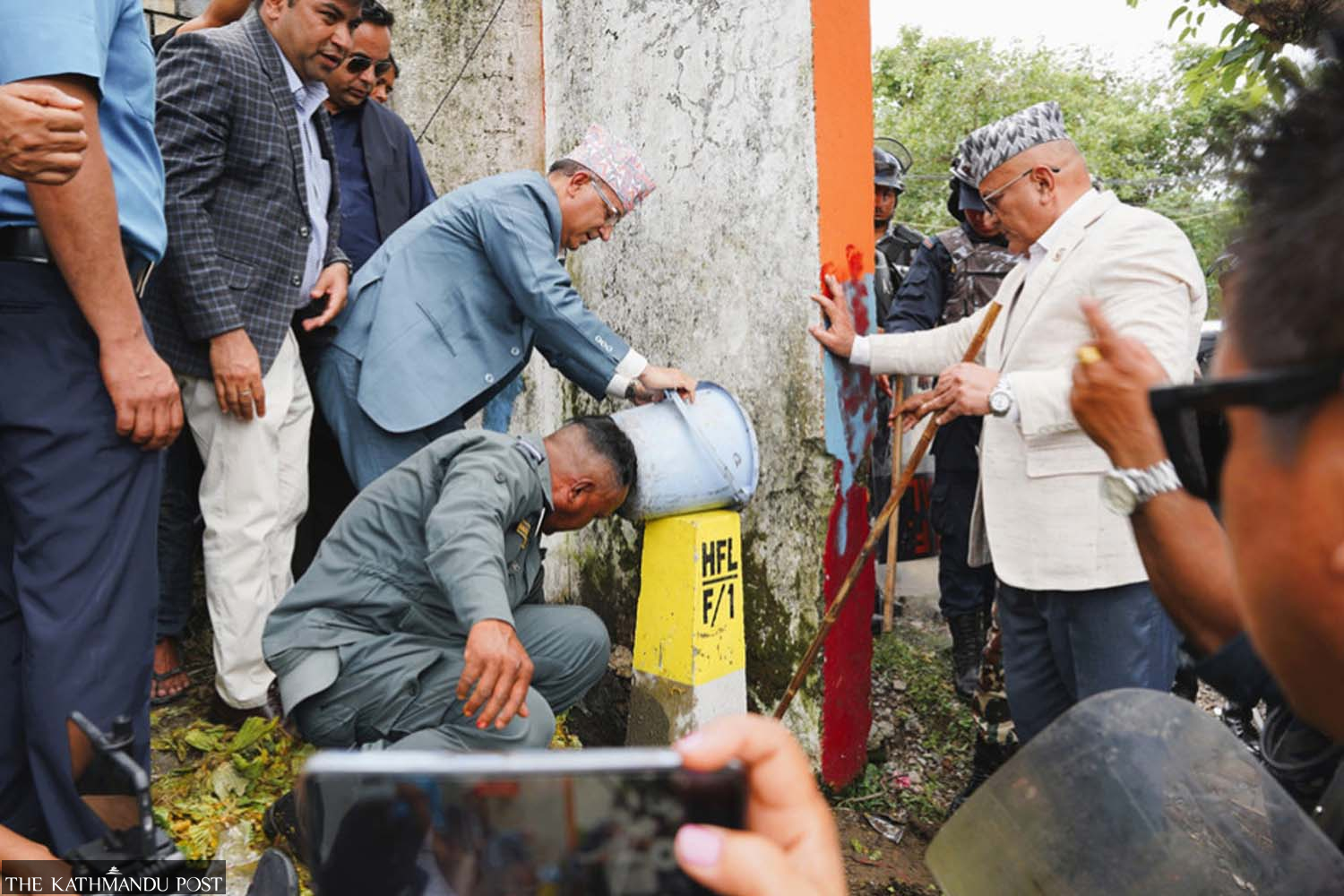
In January 2024, the committee formed a technical sub-committee to determine the lake’s boundary and submit a report. The report confirmed that, with the 65-metre limit included, Phewa Lake covers 7.616 square kilometres, an increase of 1.89 sq km (around 3,535 ropanis) compared to previous government records.
Despite the court-mandated six-month deadline for demolishing illegal structures, the actual implementation has only begun now, starting with boundary marking. According to Chief Minister Pandey, the delay was due to the time taken to accurately determine the lake’s maximum monsoon water level. He added that the facilitation committee is regularly updating the Supreme Court on the progress.
The committee says it will shortly begin the installation of 1,055 boundary poles around the lake’s defined perimeter. Once the poles are in place, the authorities will conduct detailed studies of the land within the boundary.
These studies will assess whether landowners are entitled to compensation, determine the legality of land registration, verify whether land was registered before or after 1974 and evaluate the current state of physical structures. That year a joint survey of the lake’s area was undertaken by surveyors from Nepal and India.
Only after this assessment will the valuation of land within the 65-metre limit be studied. “Once these tasks are completed, we will be in a position to declare the green zone as mandated by the Supreme Court,” said Pandey. “Then, based on documentary evidence, we will enter the phase of determining compensation eligibility.”
Chief Minister Pandey also emphasised that any decision on the amount and method of compensation will be finalised in direct coordination with the federal government, once all necessary studies are complete.
This fresh effort marks a critical step in the long-stalled mission to protect and preserve Phewa Lake, one of Nepal’s most iconic natural landmarks, which has suffered from encroachment and haphazard urban development for years.
The shrinking of the lake has been a longstanding concern. Several teams had surveyed the lake at different times and made public their reports. The British Survey of India in 1925/26 prepared a topographical map of the lake stating its area as 3.46 square kilometres. The reported area was smaller, supposedly as the dam was yet to be constructed and technology was also primitive. In 1957-8 the Nepal-India cooperation mission survey had ascertained the area as 10.36 square kilometres after the construction of a dam.




 13.12°C Kathmandu
13.12°C Kathmandu



